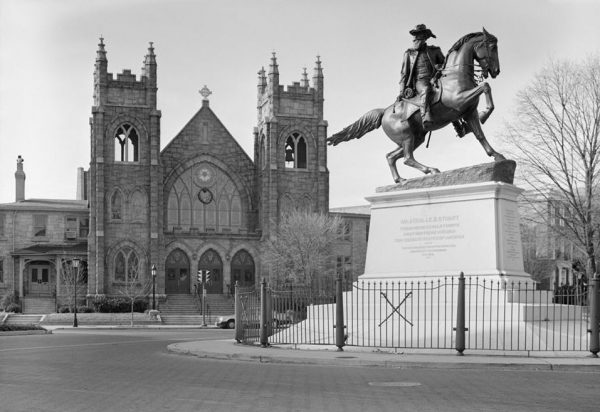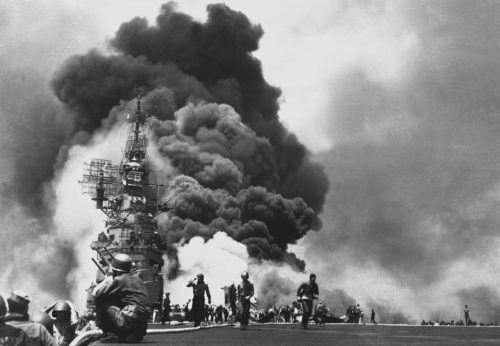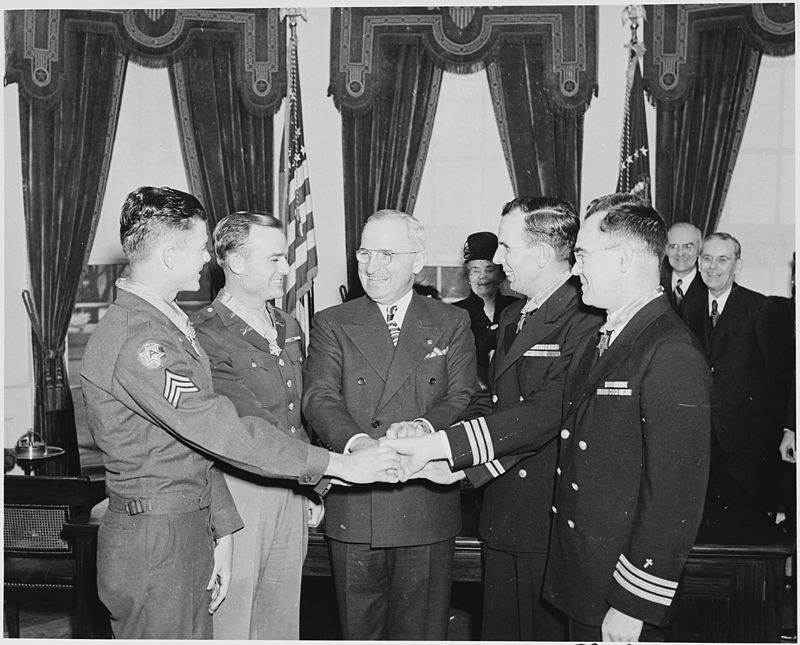May 11 in U.S. military history
1846: Three days after Gen. Zachary Taylor’s forces defeat the Mexican Army in the Battle of Palo Alto, Pres. James K. Polk tells Congress: “Mexico has passed the boundary of the United States, has invaded our territory and shed American blood upon American soil.”
The Mexican-American War – already underway – is formally declared within two days.
1864: During the Battle of Yellow Tavern, Confederate Maj. Gen. J.E.B. Stuart is shot by a dismounted Union cavalry trooper north of Richmond, Va. “The greatest cavalry officer ever foaled in America” is mortally wounded and will die the next day.

1889: An Army wagon train leaves Fort Grant loaded with $28,000 in gold and silver coins (nearly the equivalent of one million dollars today) to pay U.S. troops stationed in Arizona Territory, guarded by a dozen Buffalo Soldiers from the 24th Infantry and 10th Cavalry regiments. A band of highwaymen ambush the convoy and manage to make off with the money following a 30-minute firefight that wounds eight soldiers.
Sgt. Benjamin Brown and Cpl. Isaiah Mays are awarded the Medal of Honor, and eight soldiers are decorated with the Certificate of Merit Medal – the second-highest award for valor. The money is never found.
1927: A young air mail pilot named Capt. Charles A. Lindbergh touches down at St. Louis’ Lambert Field after a 14-hour flight from San Diego to pick up the custom-built Ryan NYP that will hopefully carry the U.S. Air Service Reserve Corps aviator across the Atlantic Ocean. The race to perform the first nonstop Transatlantic flight has already claimed the lives of three air crews: French colonel René Fonck (the all-time Allied “ace of aces”), the U.S. Navy’s Lt. Stanton Wooster and Lt. Cmdr. Noel Davis, and French war heroes Capt. Charles Nungesser and Francois Coli.
After celebrating with his St. Louis financiers, the Spirit of St. Louis departs for New York, just nine days away from the historical flight that will make Lindbergh a national hero.
1943: 3,000 7th Infantry Division soldiers land at Attu Island in the Territory of Alaska’s Aleutian Islands to repel Japanese troops that landed in June of 1942. After a month of fighting under harsh arctic conditions, the Americans finish off the remaining Japanese in hand-to-hand combat after a last-ditch Bansai charge. The Battle of Attu is the only land combat on American soil during World War II.
1945: As U.S. soldiers launch another attack against Japanese forces on Okinawa’s Shuri Line, Japanese pilot Kiyoshi Ogawa’s specially modified Mitsubishi Zero fighter slips through anti-aircraft fire and drops a 550-lb. bomb on the USS Bunker Hill (CV-17) before slamming his aircraft into the flight deck, igniting a fuel fire and causing several explosions that kill some 400 sailors and takes Adm. Marc Mitscher’s flagship out of the war.

As U.S. Army private John R. McKinney (featured image, far left) rests following his watch, 100 Japanese troops sneak up on a three-man machine gun position at Luzon Island’s Dingalan Bay on this day in 1945. McKinney receives a glancing head blow from a Japanese saber. He grabs a rifle and bludgeons the sword-wielding foe before turning his attention to the machine gun, which has been captured by ten enemy soldiers – and is about to be turned on the Americans.
McKinney fires as he charges the position, finishing off the remaining enemy with his rifle butt upon reaching the pit. As mortar and rifle fire hammers his position, he uses his rifle (the machine gun being rendered inoperable) to “cut down waves of the fanatical enemy.” When the smoke clears, 40 Japanese bodies litter the battlefield. McKinney – “the Pacific War’s Audie Murphy” – has single-handedly carried the day.
That same day at Okinawa’s “Zebra Hill,” 1st Lt. Seymour W. Terry of the 382nd Infantry Regiment systematically destroys pillbox after pillbox with satchel charges and white phosphorous grenades, shooting those that survived. Each time his platoons are pinned down throughout the day, Terry advances on the position and destroys it, leaving in his formidable wake numerous enemy positions, multiple machine guns, and dozens of dead bodies before he is mortally wounded by an enemy mortar.
1957: President Dwight D. Eisenhower announces that the United States will work with South Vietnam to ensure the peaceful unification of Vietnam and continue to provide support in their fight against communism. At this point, the Military Assistance Advisory Group serving in Vietnam consists of only 700 men.
1961: President John F. Kennedy approves the deployment of 400 Special Forces soldiers (Green Berets) and 100 CIA operatives to Vietnam to train South Vietnamese forces. The Green Berets have served as advisors in Vietnam since 1957, but on this day, Pres. Kennedy authorizes Americans to lead clandestine attacks against North Vietnam.
